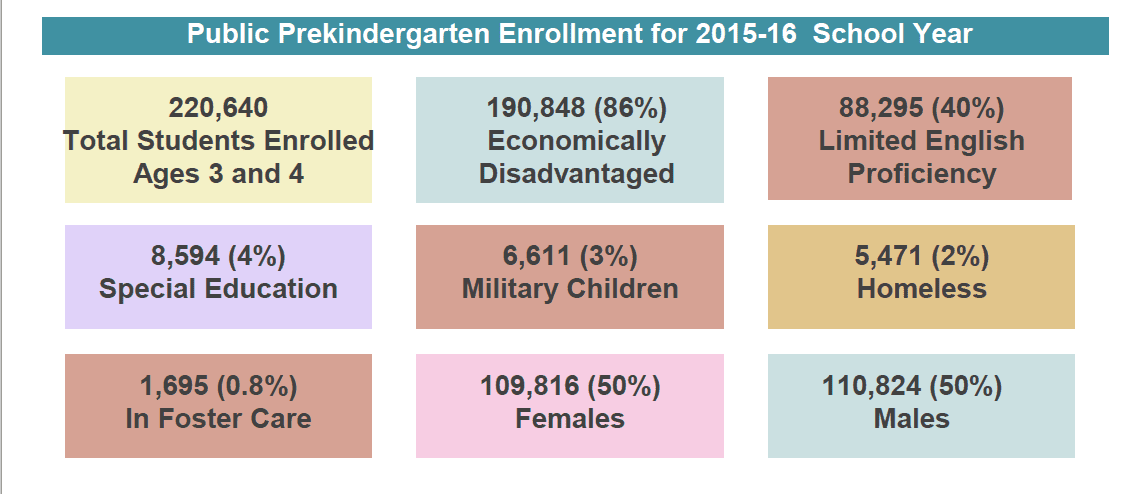This blog post was written by Communications Intern Bianca Lopez.
It’s been seven years since the Texas Legislature made deep budget cuts to public education, leaving local school districts scrambling to work around a funding hole over five billion dollars deep. A 2017 report by Dr. Michael Marder of the University of Texas at Austin and CPPP’s Chandra Villanueva reveals some of the consequences of the funding hole. Their analysis shows that low-income students and those in need of additional supports are still bearing disproportionate impacts from the budget cuts, with bilingual education bearing the most drastic reductions in spending.
Lawmakers hit several programs targeted toward students developing English language skills particularly hard with the 2011 budget cuts. The Limited English Proficiency Student Success Initiative, which worked directly to improve English language learners’ test scores and equip teachers to meet those students’ needs, lost all of its funding in 2011; lawmakers have not restored any funding for this program. Other cuts affected bilingual education tangentially. Lawmakers completely eliminated funding for the Pre-Kindergarten Early Head Start Grant program, which allowed school districts to expand and improve their Pre-K programs. To qualify for Pre-K in Texas, students must meet certain risk factors including limited English proficiency. As of 2015, 40 percent of Pre-K students were English language learners.
To be sure, the 2011 cuts affected everybody: school districts were forced to reduce spending across the board on all educational programs and all grade levels. Although lawmakers brought investments back up to pre-recession levels in 2016, it wasn’t enough to account for the growth in students and the recovery was not equitable between campuses. Elementary schools across the state with the highest percentage of low-income students are spending 40 percent less on bilingual education than they did in pre-recession 2008 – in part because of the cuts to targeted programs. This is concerning because students who do not become proficient in elementary school will struggle in middle school and are at greater risk of dropping out of high school.
We’re in a particularly bad time for educational funding to take a back seat. As lawmakers leave districts scrambling with less funding for bilingual education, the proportion of English language learners has continued to grow in schools across the state. In 2016, 18.3 percent of students in Texas public schools received bilingual education, up from 14.5 percent in 2005.
By failing to keep pace with student growth and need since 2011, the Texas Legislature has failed students who are still learning English. The consequences of the state’s negligence are sure to be seen in the coming years, as these students advance toward higher education and the workforce. Programs that provide bilingual education are not expendable. When we invest in the growing number of students learning English, we support the state’s future educational and professional success.
